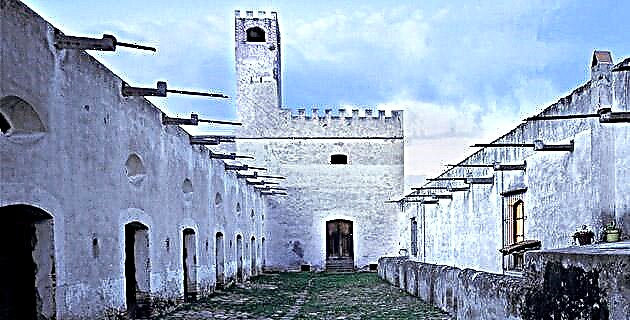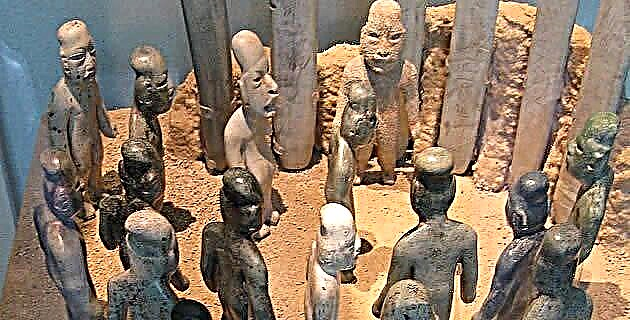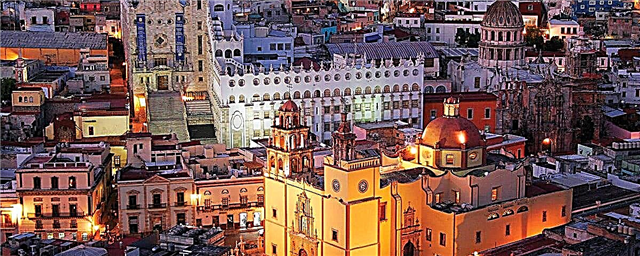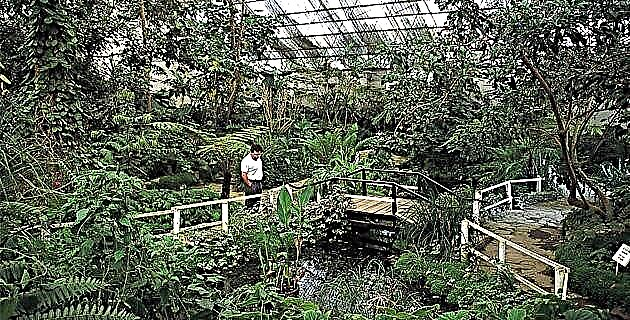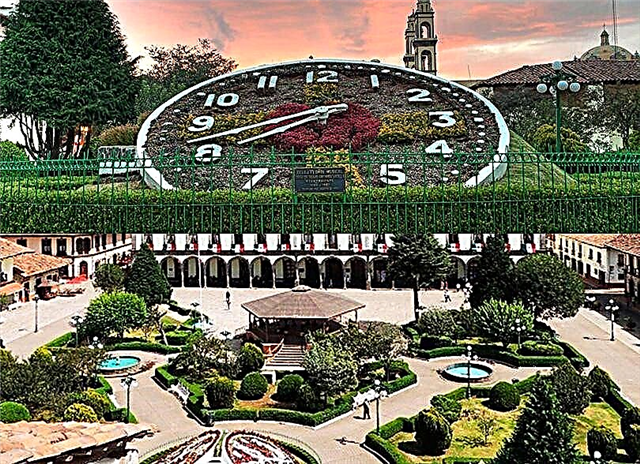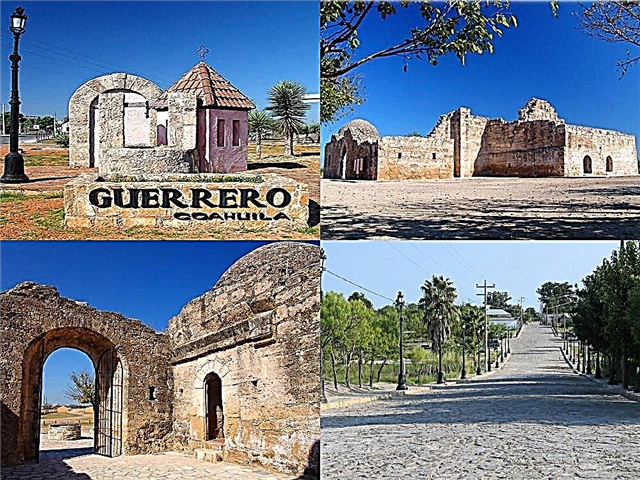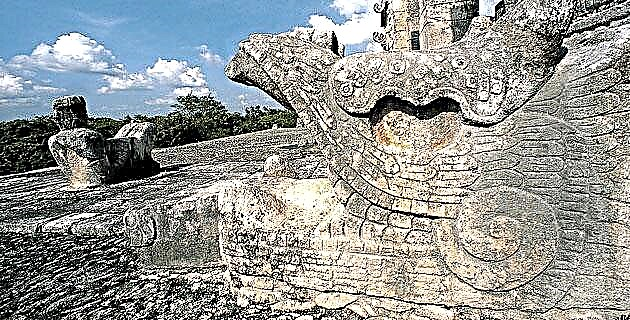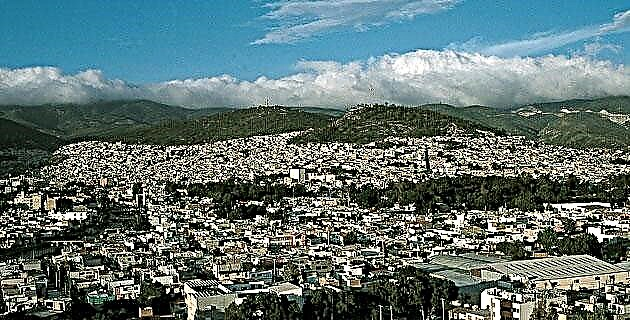
Being at the mercy of the winds that blow from the northeast for a large part of the year, Pachuca, capital of the state of Hidalgo, bears the nickname of "la Bella Airosa".
Pachuca is part of one of the most important mining centers in Mexico, and although productive activity has decreased in recent decades, any mention of the city is closely related to mining. Its narrow steep streets and its arid environment, but not unattractive for that reason, refer us to the old mining settlements of colonial Mexico, such as Guanajuato, Zacatecas or Taxco.
The history of Pachuca dates back to the 15th century, when it was founded by a Mexica group who called it Patlachiuhcan, which means "narrow place", where gold and silver abounded. During the first years of the viceroyalty the town became a coveted seam of wealth for the Spanish. In the middle of the 16th century, Pachuca experienced a first mining boom, but this ended due to the difficulty of draining the subsoils. In the mid-18th century, it reappeared as an outstanding commercial and social center thanks to the impulse given to the region by two visionary and entrepreneurial characters: Pedro Romero de Terreros, Conde de Regla, and José Alejandro Bustamante y Bustillos.
The city of Pachuca does not have buildings as spectacular as Guanajuato or Taxco due to its proximity to Mexico City, since it is said that the rich miners of the area preferred to live in the big city; however, it is an interesting and welcoming town thanks to the hospitality of its inhabitants. The convent of San Francisco, erected in the early 17th century, is a monumental construction that contains valuable works of colonial art. Currently, a large part of the site is occupied by the INAH Photo Library and the Photographic Museum. The temple boasts beautiful oil paintings by well-known painters of the 18th century, and in the chapel of La Luz, together with a beautiful altarpiece, the remains of the Count of Regla are preserved. Another important temple is the parish of Asunción, the oldest in the city, built in 1553 and renovated several times.
A short distance from it is the building of the Cajas Reales, with its appearance of a fortress, erected in the 17th century to house the royal fifth, that is, the fifth part of the silver obtained from the personal funds for the King of Spain. The Government Palace, the Casas Coloradas (Franciscan convent that today houses the Palace of Justice) and the Casa de las Artesanías –where you can admire and acquire the varied crafts of Hidalgo– are well worth a visit, as is the Mining Museum , installed in a stately residence from the 19th century, and the monument to Christ the King, which from the top of the Santa Apolonia hill seems to watch over and protect the city and its inhabitants. Undoubtedly one of the most interesting places in “la Bella Airosa” is the Plaza de la Independencia, in the heart of Pachuca, crowned by the monumental 40-meter high clock built with white quarry. This spectacular three-section clock has four faces and is ornamented with Carrara marble female figures representing Independence, Liberty, the Reform and the Constitution. They say that originally the clock tower was to serve as a kiosk, but later it was decided that it would be a monumental clock, in accordance with the fashion of the beginning of the last century. Its Austrian carillon, a replica of London's Big Ben, has presided over all events in the city since September 15, 1910, when it was inaugurated on the occasion of the first centenary of the Independence of Mexico.
Pachuca is surrounded by beautiful places, such as Estanzuela, a large forest of pines and oaks, and Real del Monte, which due to its importance in the mining history of Hidalgo deserves a special mention.

